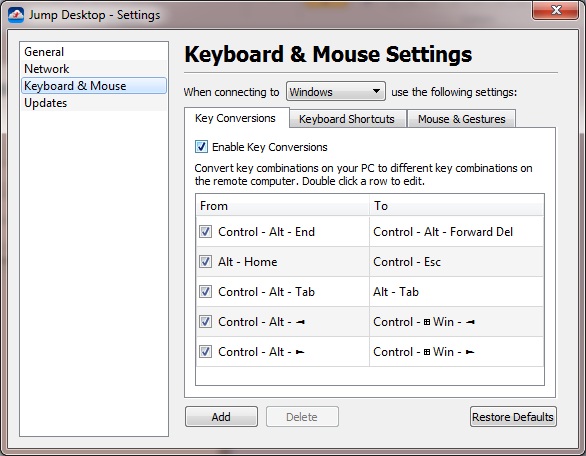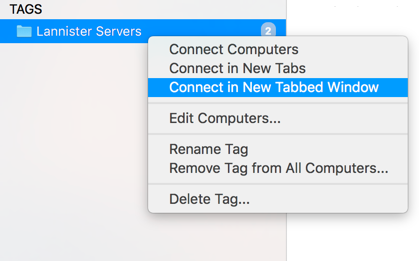

- #Jump desktop disconnecting when closing tablet android
- #Jump desktop disconnecting when closing tablet professional
If you have an Android phone or tablet, you can use a Wi-Fi analyzer app, like Netspot, to see all the available channels in your home and the usage on each. This is especially common in apartment buildings and other situations where multiple routers broadcast within range of one another. They can become overcrowded when too many networks use the same channels near each other. Your router broadcasts Wi-Fi on specific radio frequency channels. Try disabling any Wi-Fi auto-joining or auto-switching functions on your affected devices, and connect to your preferred Wi-Fi network manually. When Wi-Fi signals are weak, your device may search for a stronger signal automatically. Your device may jump between known Wi-Fi networks, which you experience as a temporary loss of signal. Check if your device is auto-switching between two Wi-Fi networks Before you spend any more time troubleshooting, it’s worth completing any needed updates. But sometimes, it’s easy to put off updates until something stops working.

Our computers and devices need to stay up to date to continue working as planned in the very fast moving world of modern technology. Restarting your device resets some of the networking which may help flush out stubborn glitches. This works more for PCs than anything else. If you’re still stumped, don’t worry-there are still plenty of fixes to try.

If you suspect a cabling problem, it may be best to request a technician visit from your ISP.
#Jump desktop disconnecting when closing tablet professional
If you get a professional install, always ask your technician to close off any open coaxial outlets.ĭetermining if you have an unused but active coaxial line is difficult without professional equipment.įixing cabling problems on your own can be difficult because of the specialized tools and skills required. Check for unused, but active, coaxial lines:When you have an active coaxial line in your home that isn’t connected to any equipment, the open line acts as an antenna that introduces radio interference into your home network.Ethernet cables should make an audible click when inserted into a port and shouldn’t come out without compressing the clip. Oftentimes, the springy clip that holds the Ethernet cable firmly in the port breaks or loosens. But the signal may go out completely under any additional stress-like every time the cable moves slightly. Loose cabling is a common culprit of intermittent internet issues because a loose cable may still pass signal, albeit poorly. Check for loose cables Coaxial cables should be screwed on tight, and Ethernet cables should make an audible click when fully inserted.Make sure coaxial cables are screwed on snug to the modem and wall outlet.ĭon’t forget to check the Ethernet cable connecting your modem to your router or computer, too. Check for damaged cablesCheck all your networking cables for signs of damage.The network cabling in your home can cause your internet connection to disconnect if it’s damaged, loose, or configured poorly. There’s an issue with your networking cables


 0 kommentar(er)
0 kommentar(er)
